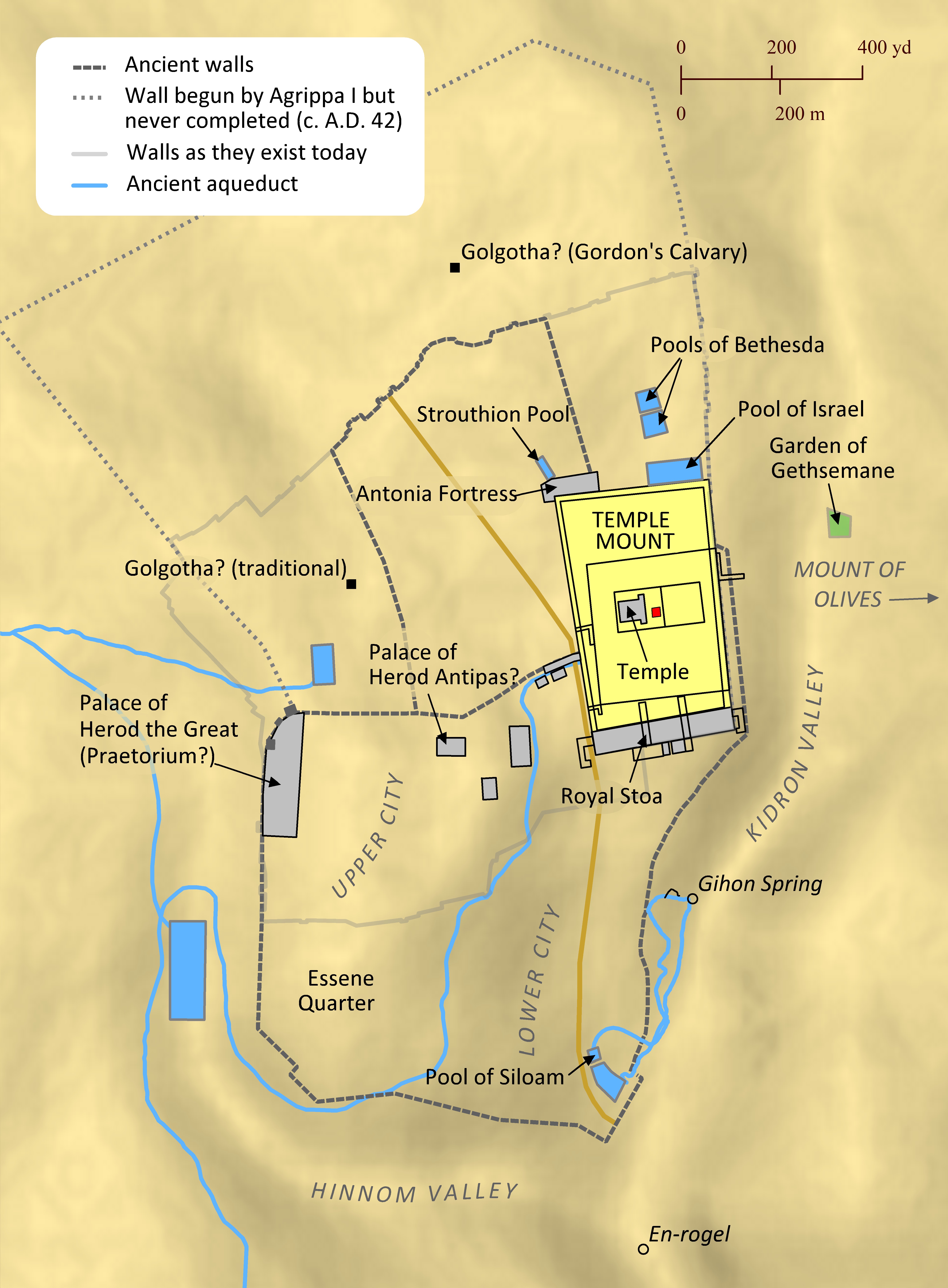Note: This view shows ‘verses’ which are not natural language units and hence sometimes only part of a sentence will be visible—click on any Bible version abbreviation down the left-hand side to see the verse in more of its context. Normally the OET discourages the reading of individual ‘verses’, but this view is only designed as a tool for doing comparisons of different translations—the older translations are further down the page (so you can read up from the bottom to trace the English translation history). The OET segments on this page are still very early looks into the unfinished texts of the Open English Translation of the Bible—please double-check these texts in advance before using in public.
AICNT And Jesus answered and said to them, “See that no one leads you astray.
OEB Jesus replied to them, ‘See that no one leads you astray;
WEBBE Jesus answered them, “Be careful that no one leads you astray.
WMBB Yeshua answered them, “Be careful that no one leads you astray.
NET Jesus answered them, “Watch out that no one misleads you.
LSV And Jesus answering said to them, “Take heed that no one may lead you astray,
FBV “Make sure no one misleads you,” Jesus replied.
TCNT Jesus answered them, “Make sure no one leads you astray.
T4T Jesus replied, “All that I will say is, be sure that no one deceives you about what will happen
LEB And Jesus answered and[fn] said to them, “Watch out that no one deceives you!
BBE And Jesus said to them in answer, Take care that you are not tricked.
Moff Jesus replied, "Take care that no one misleads you;
Wymth "Take care that no one misleads you," answered Jesus;
ASV And Jesus answered and said unto them, Take heed that no man lead you astray.
DRA And Jesus answering, said to them: Take heed that no man seduce you:
YLT And Jesus answering said to them, 'Take heed that no one may lead you astray,
Drby And Jesus answering said to them, See that no one mislead you.
RV And Jesus answered and said unto them, Take heed that no man lead you astray.
SLT And Jesus having answered, said to them, See lest any lead you astray.
Wbstr And Jesus answered and said to them, Take heed that no man deceive you.
KJB-1769 And Jesus answered and said unto them, Take heed that no man deceive you.
KJB-1611 And Iesus answered, and said vnto them, Take heed that no man deceiue you.
(Modernised spelling is same as from KJB-1769 above, apart from punctuation)
Bshps And Iesus aunswered, and sayde vnto them: take heede, that no man deceaue you.
(Modernised spelling is same as from KJB-1769 above, apart from capitalisation and punctuation)
Gnva And Iesus answered, and sayd vnto them, Take heede that no man deceiue you.
(And Yesus/Yeshua answered, and said unto them, Take heed that no man deceive you. )
Cvdl Iesus answered and sayde vnto them: Take hede, that no man disceaue you.
(Yesus/Yeshua answered and said unto them: Take heed, that no man deceive you.)
TNT And Iesus answered and sayde vnto them: take hede that no man deceave you.
(And Yesus/Yeshua answered and said unto them: take heed that no man deceive you. )
Wycl And Jhesus answeride, and seide to hem, Loke ye, that no man disseyue you.
(And Yhesus answered, and said to them, Look ye/you_all, that no man deceive you.)
Luth JEsus aber antwortete und sprach zu ihnen: Sehet zu, daß euch nicht jemand verführe!
(Yesus but replied and spoke to/for to_them: Sehet to/for, that you not someone seduce!)
ClVg Et respondens Jesus, dixit eis: Videte ne quis vos seducat:[fn]
(And responding Yesus, he_said to_them: Seete not who/any you seducat: )
UGNT καὶ ἀποκριθεὶς ὁ Ἰησοῦς εἶπεν αὐτοῖς, βλέπετε μή τις ὑμᾶς πλανήσῃ.
(kai apokritheis ho Yaʸsous eipen autois, blepete maʸ tis humas planaʸsaʸ.)
SBL-GNT καὶ ἀποκριθεὶς ὁ Ἰησοῦς εἶπεν αὐτοῖς· Βλέπετε μή τις ὑμᾶς πλανήσῃ·
(kai apokritheis ho Yaʸsous eipen autois; Blepete maʸ tis humas planaʸsaʸ;)
RP-GNT Καὶ ἀποκριθεὶς ὁ Ἰησοῦς εἶπεν αὐτοῖς, Βλέπετε μή τις ὑμᾶς πλανήσῃ.
(Kai apokritheis ho Yaʸsous eipen autois, Blepete maʸ tis humas planaʸsaʸ.)
TC-GNT Καὶ ἀποκριθεὶς ὁ Ἰησοῦς εἶπεν αὐτοῖς, Βλέπετε μή τις ὑμᾶς πλανήσῃ.
(Kai apokritheis ho Yaʸsous eipen autois, Blepete maʸ tis humas planaʸsaʸ. )
Key for above GNTs: yellow:punctuation differs (from our SR-GNT base).
